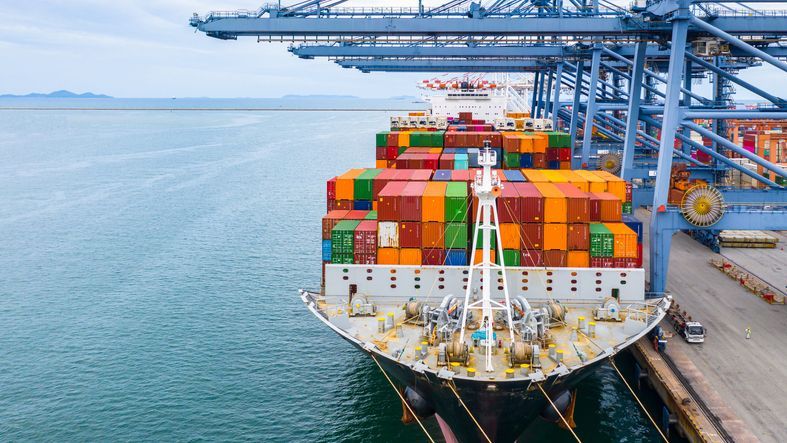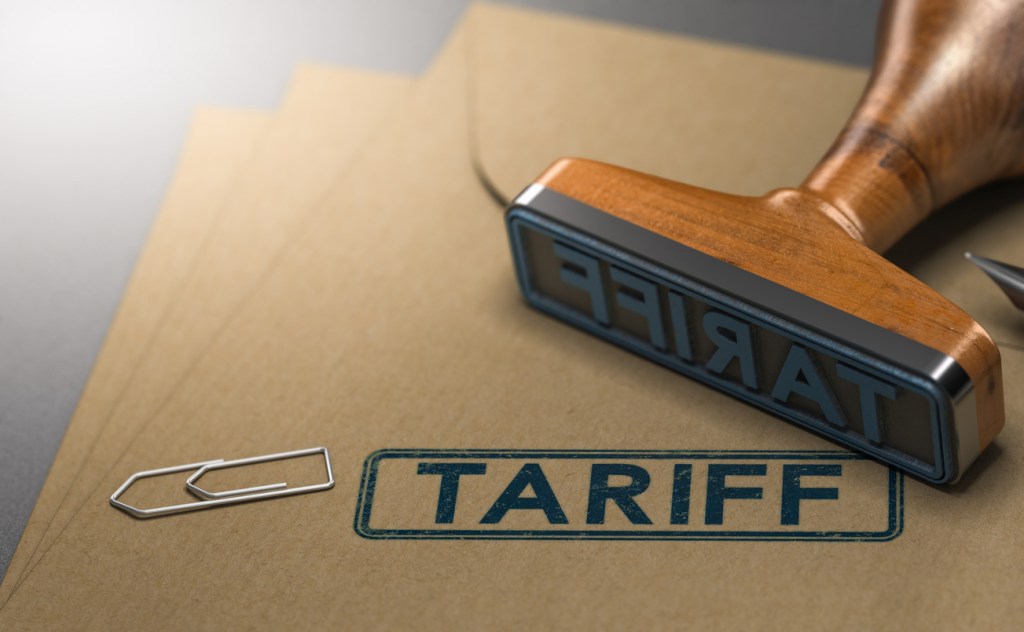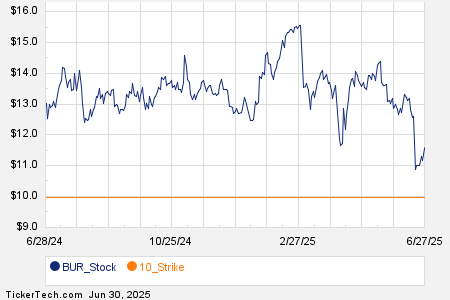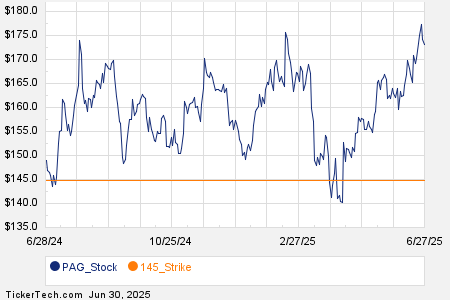Understanding Protective Tariffs: Benefits and Challenges for Industries
A protective tariff is a tax on imported goods, aiming to make these items pricier compared to products made locally. Governments implement protective tariffs to shield domestic industries from foreign competition. By raising the price of imports, these tariffs can encourage consumers to choose local goods, stimulating the economy. However, they may also lead to higher consumer prices and strain trade relationships.
Connecting with a financial advisor is key in adapting your investments to shifting economic policies, like tariffs. Reach out to a fiduciary advisor today.
How Protective Tariffs Function
Protective tariffs function by adding an extra tax to imported goods, thus increasing their costs and decreasing their competitiveness against domestic products. When a tariff is enacted, the importing company faces this additional fee, which usually gets passed down to consumers as higher retail prices for foreign items. This price change can benefit local manufacturers by making their products more attractive.
Tariffs are often carefully managed through government regulations and trade agreements. Officials may choose specific sectors to protect, such as steel and agriculture, which are seen as vital for national stability. The broader aim can be to promote jobs, boost local innovations, or achieve self-sufficiency in certain industries.
While these tariffs can support domestic production, they sometimes invite retaliatory actions from other countries, complicating international trade relations. The overall outcome of protective tariffs can be mixed and is influenced by global economic factors.
The Impact of Protective Tariffs on Financial Markets
Protective tariffs can ripple through financial markets, affecting investors and their assets significantly.
When tariffs are introduced, companies relying on imported materials may face rising costs, leading to reduced profit margins. This situation often results in declining stock prices for companies in sectors like manufacturing, technology, and consumer goods. Conversely, businesses that produce domestically may see their stock values increase as they experience less competition from imports.
For individual investors, the introduction of tariffs may bring volatility to the markets, affecting portfolio performance. As a precaution, investors might look to diversify their holdings, focusing on sectors that thrive under tariffs or businesses known for their adaptable supply chains to mitigate risks.
Industries That Gain from Protective Tariffs
Protective tariffs are frequently aimed at strengthening specific domestic industries by reducing foreign competition. The sectors that typically benefit are those deemed crucial for national stability and growth.
Key industries that often see advantages from protective tariffs include:
- Steel and aluminum: Targeted for protection due to their significance in infrastructure and defense.
- Agriculture: Farmers gain when tariffs limit cheaper agricultural imports, helping keep domestic prices competitive.
- Textiles and apparel: Tariffs can bolster domestic textile manufacturers, supporting local jobs against low-cost foreign imports.
- Automotive: This sector often benefits as tariffs increase the cost of foreign vehicles, encouraging the purchase of local cars.
- Technology and electronics: Some high-tech industries may thrive when tariffs reduce foreign competition, especially when fostering innovation and local capacity is a goal.
Industries Affected Negatively by Protective Tariffs

Although some industries thrive due to protective tariffs, others suffer from their implementation. These sectors often depend on imported goods and materials, facing rising costs that impact their competitiveness.
Industries that usually experience negative effects from protective tariffs include:
- Manufacturing: Companies reliant on imported raw materials may see their production costs increase significantly.
- Retail: Retailers who import goods may pass on higher costs to consumers, potentially reducing demand.
- Technology: Tech firms with global supply chains might encounter supply disruptions, affecting profitability.
- Automotive: Some domestic automakers benefit, but those relying on imported parts may incur higher costs.
- Consumer goods: Companies producing items from imported materials may suffer from increased input prices, resulting in higher consumer costs.
Assessing the Effectiveness of Tariffs
The success of tariffs often depends on the specific economic situation.
In some instances, protective tariffs offer crucial support to emerging industries, allowing them to grow without facing overwhelming foreign competition. For example, tariffs have historically aided the U.S. steel industry during economic downturns, helping maintain jobs and production.
However, there are also occasions where tariffs have proved counterproductive. They can lead to price increases for consumers, disruptions in supply chains, and retaliatory tariffs from other nations.
The Impact of Protective Tariffs on the Economy
Protective tariffs can significantly influence trade relations and economic dynamics. For instance, the U.S.-China trade war featured heavy tariffs during the first Trump administration, placing added financial strain on businesses and consumers alike. In these situations, tariffs often increase tensions and diminish economic efficiency, ultimately affecting both industries and consumers negatively.
During Donald Trump’s first term, tariffs imposed on goods, many of which were retained by President Joe Biden, amounted to nearly $80 billion in taxes imposed on American consumers. This change was described by the Tax Foundation as “one of the largest tax increases in decades.” Specifically, tariffs were placed on about $380 billion in goods. These tariffs are estimated to lower the long-term gross domestic product (GDP) of the U.S. by 0.2% and could lead to a net loss of 142,000 jobs, according to the Tax Foundation. Examining these figures highlights how deeply tariffs can affect the economy.
The ultimate effectiveness of tariffs hinges on various factors, including their implementation, the current economic landscape, and trade partners’ reactions.
Key Takeaways

Protective tariffs are intricate mechanisms intended to bolster domestic industries by making imports less attractive. While certain sectors may benefit and local production can increase, these tariffs often lead to higher consumer prices and can ignite trade disputes. The overall effectiveness of such tariffs relies on their application and the broader economic context.
Strategies for Coping with Major Policy Shifts
- New tariffs can disproportionately affect particular industries or countries. Diversifying your investments can help reduce risk. It is wise to avoid overinvesting in sectors directly influenced by tariffs, like manufacturing or agriculture. Instead, consider balancing your portfolio with sectors that are less likely to be impacted. Non-correlated assets, such as commodities or real estate, may perform better under changing trade conditions.
- A financial advisor can provide guidance through significant policy changes, including tariffs. SmartAsset offers a free tool that connects you with up to three verified financial advisors in your area. You can have a complimentary introductory call with your matches to find the right advisor for your needs. If you’re looking for financial support, consider starting your search now.
Photo credit: ©iStock.com/Devonyu, ©iStock.com/Olivier Le Moal, ©iStock.com/EXTREME-PHOTOGRAPHER
The post What Is a Protective Tariff and How Does It Work? appeared first on SmartReads by SmartAsset.
The views and opinions expressed herein are those of the author and do not necessarily reflect those of Nasdaq, Inc.







